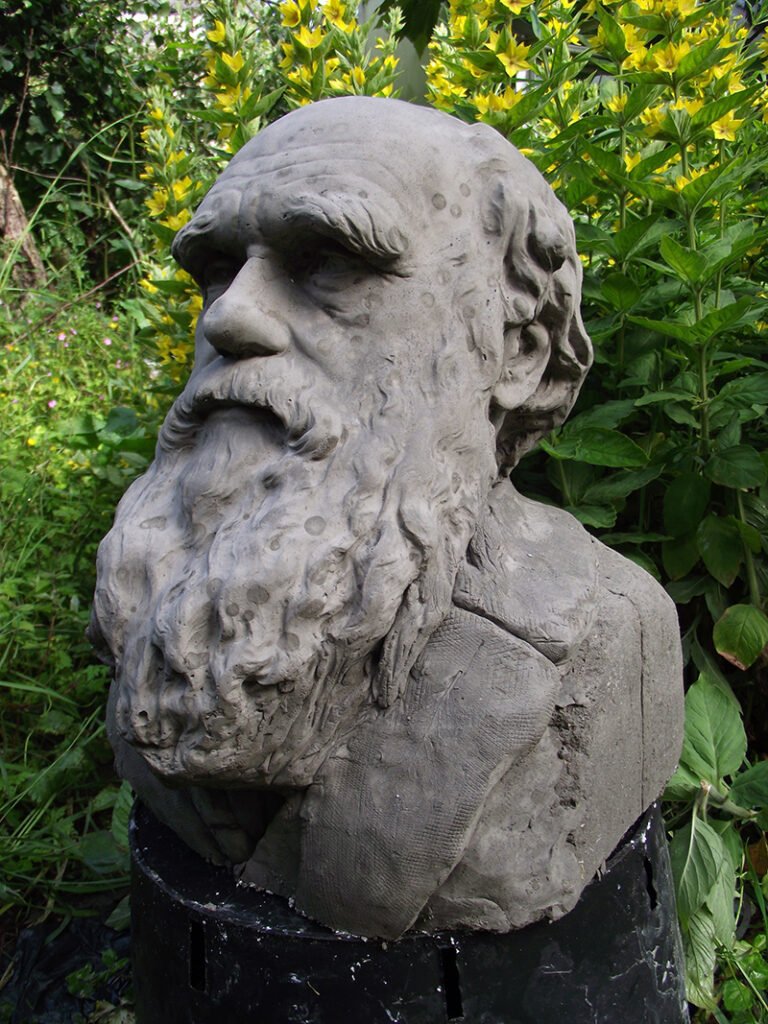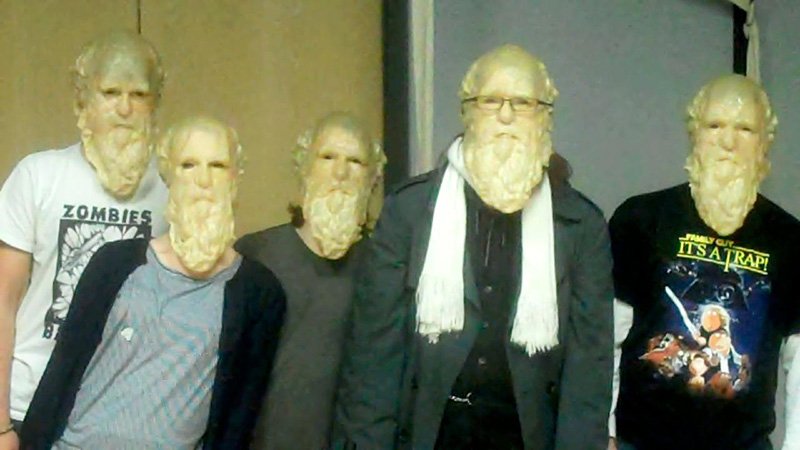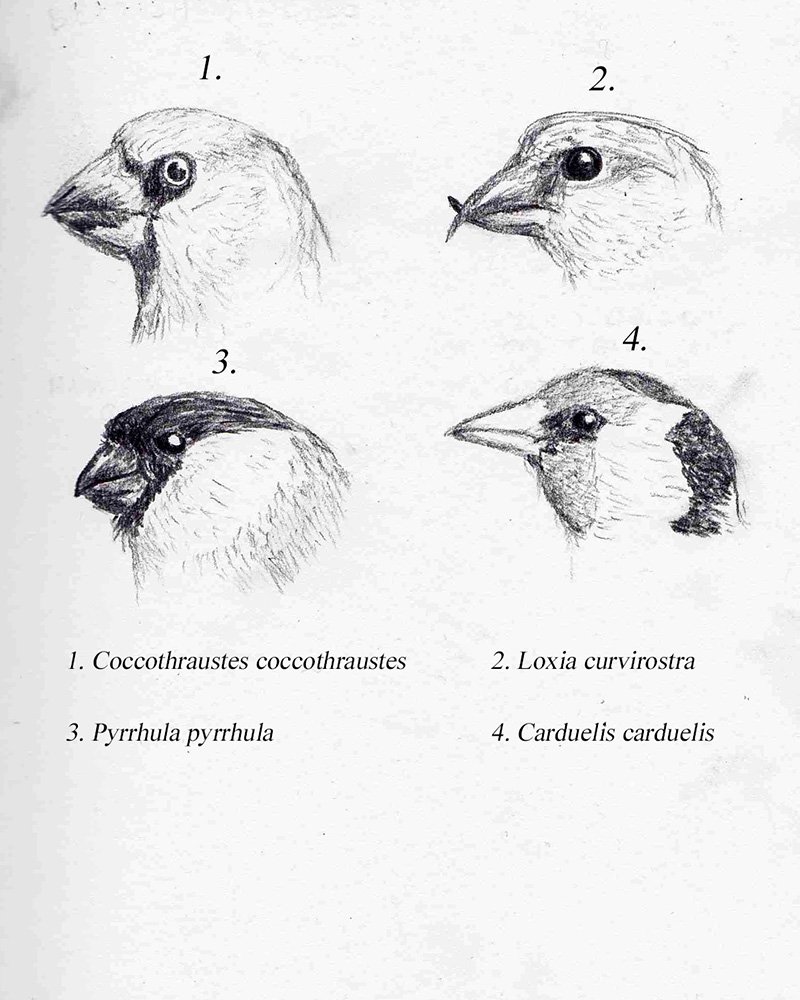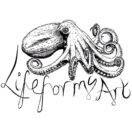Happy Birthday Mr Darwin
Today – 12th February is Darwin Day. This marks the birthday of and celebrates the discoveries of Naturalist Charles Darwin, born in 1809.
Charles Darwin
We love Charles Darwin here at Lifeforms. Like us he was interested in all life and was not a specialist in any field. He sailed on the HMS Beagle in 1831, not as the official naturalist or scientific officer. But as a gentleman companion for the Captain.

When he set out he disagreed with the transmutation theories of people like Jean Baptiste Lamarcke. But what he saw on the 5 year voyage sowed seeds in his mind about how species actually originate. In 1844 he “confessed” his beliefs to his wife Emma and his closest friends. He told them it felt “like confessing a murder”, largely because of his Christian upbringing.
Gathering the information
He steadily and meticulously gathered together the information to back up his theory. Testing hypotheses wherever he could, by looking at fossils, similar species and selective breeding of many species used by farmers, animal breeders and nurserymen around the World.
After many years work he received a letter from Alfred Russell Wallace who, though unaware of Darwin’s ongoing work, had come to a similar conclusion, but without any of the scientific evidence that Darwin had accumulated. Magnanimously, Darwin accepted Wallace as co-discoverer and they delivered their theory together in a paper to the Linnaean Society’s journal in 1858. It was entitled, On the tendency of species to form varieties; and on the perpetuation of varieties and species by natural means of selection.
An Unpopular Theory
It went down like a lead balloon, but a quiet one, with the society’s president stating that 1858 was not “marked by any of those striking discoveries which at once revolutionise, so to speak, the department of science.” He went on to say, perhaps disappointedly, that “it is only at remote intervals that we can reasonably expect any sudden and brilliant innovation which shall produce a marked and permanent impression on the character of any brand of knowledge.”
To put this in perspective, Steve Jones, the multi award winning author and Professor of Genetics at University College London says in his updated version of The origin of Species, Almost like a Whale (1999)… “Nowadays, no biologist could work without Darwin’s theory. Evolution is the grammar of their science. It accepts his painfully recognized fact that life, like the English language, works to rules that, even if filled with exceptions, make sense.”
The Origin of the Species
Darwin went on to publish his research in his famous book and people have been arguing about it ever since. He was already famous from his book about the voyage of the HMS Beagle but his new book was a whole new adventure for himself and mankind. It is known as ‘The Origin of Species’ but was published as … ‘On the Origin of Species by means of Natural Selection or the Preservation of favoured races in the struggle for life’.
Although it is regularly called the ‘theory’ of evolution, evolution had been a theory for a long time. It was the mechanism of evolution (Natural Selection) that Darwin and Wallace had fathomed out. Reaching a wider audience, it caused a furore. Evolution is no longer at the theory stage and is well proven fact by scientists around the world working in Zoology, botany, paleontology and other sciences. It disagrees with a tiny part of the bible but gets a lot of flack about it. We say, faith is faith, what you believe is what you believe and nobody can take that away. And… science is science, always questioning, testing and repositioning stacks of facts to find the truth no matter who stated something in the past.
Faith and science can live in harmony. As long as neither hang on to dogmas and adapt to the ever changing world, whoever, or whatever, made it; perhaps in a… and then God made Darwin in order to tell his children there is no Santa Claus kind of a way.
The Dance of the Darwins
Anyway, Darwin seems to be always with us here. Whenever I’m writing I tend to think… I wonder what Darwin had to say about this? And he almost always did have something to say about it.
Years ago, as part of a college project, Jake and his fellow students performed a ‘Dance of the Darwins’. Through my museum work I acquired a cast of the head of the Darwin statue that resides at the natural History Museum in London. From it we made latex copies for all the dancers and for a crazy moment, Darwin danced. The copies were imperfect replicas, each one slightly different, one of the fundamental truths of Natural Selection.

Darwin loved to study and examine living or once living things and fathom them out. It was a childhood passion, coined Biophilia by Edward O. Wilson and we are childlike biophiliacs too. His last book on worms and compost is probably my favourite. Shrinking from the clamour of society, Charles set his gaze on the humble earthworm, its importance to mankind and how it is responsible from the preservation of many archaeological treasures, many still to be found. Thank you Mr. Charles Darwin and all who helped you.
Darwin and the Finch
George has been looking at Charles Darwin’s research on finches on the Galapagos Islands and related it to the finches of Britain, here are his findings.
Finches of the British Isles
Darwin’s theory of evolution by natural selection was based partly on the different niches the finches on each of the Galapagos islands had filled, based on the shape of their beaks.

All true finches are in the Family Fringillidae. There are 11 different species of finch in the British isles as follows from largest to smallest.
- Hawfinch (Coccothraustes coccothraustes)
- Crossbill (Loxia curvirostra)
- Bullfinch (Pyrrhula pyrrhula)
- Greenfinch (Carduelis chloris)
- Chaffinch (Fringilla coelebs)
- Twite (Linaria flavirostris)
- Brambling (Fringilla montifringilla)
- Linnet (Linaria cannabina)
- Goldfinch (Carduelis carduelis)
- Lesser redpoll (Acanthis cabaret)
- Siskin (Spinus spinus)
All (except the lesser redpoll (Statius Müller, 1776) were first described for science by Linnaeus in 1758 (51 years before Charles Darwin was born!)
There are only two subfamilies of finch found in the UK: Carduelinae and Fringillinae. Only two species (chaffinch and brambling) are in Fringillinae.
Unique Beak Abilities
Just like the Galapagos island finches, each of the British species fills a different niche because of the unique ability of their beak. I’ll do my best to describe the unique abilities of the finches I have picked below.
Hawfinch
Unlike most birds, Hawfinches are able to crush larger seeds and fruit stones with their strong beak. You are unlikely to find cherry seeds in the bird dropping if it’s a hawfinch.
Crossbill
The Crossbill feeds almost exclusively on pine seeds and uses its mandibles almost like forceps to open the scales of the pinecone and get to the seeds hidden inside.
Bullfinch
Like the hawfinch, the Bullfinch has a strong little beak for seed feeding, but also for eating the buds of trees in the winter and early spring. This is why they can be considered pests in orchards.
Goldfinch

Finally, the Goldfinch has a thinner beak than the three mentioned previously and its favourite food is teasel and thistle seeds. Because teasel is so spiky, the goldfinch has evolved its thinner and slightly longer beak to reach past the spikes and get to the delicious seeds.

